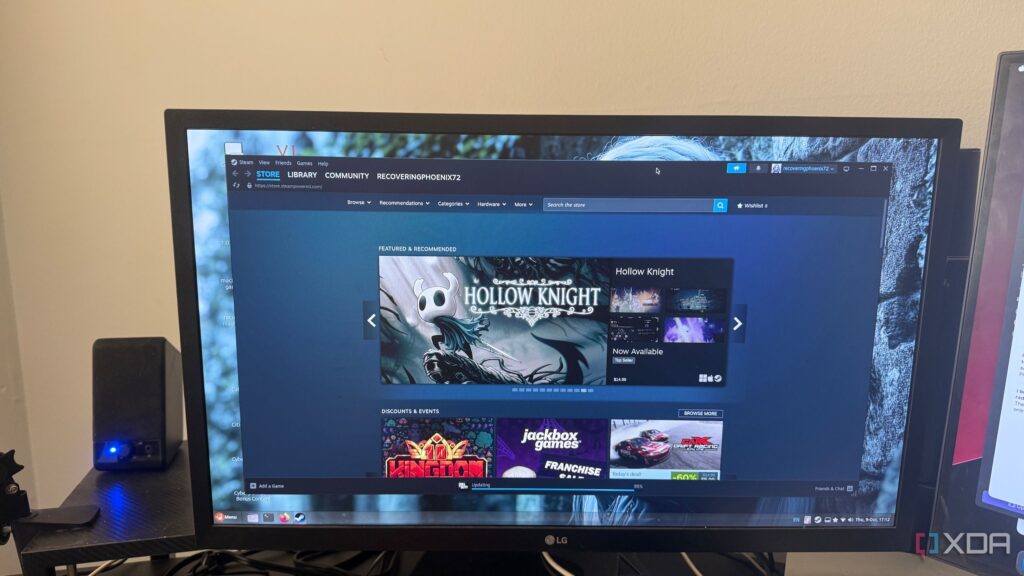
UPDATE: Steam on Linux is experiencing urgent issues that need immediate attention from Valve. Users report persistent bugs and display problems affecting gameplay and overall experience. These issues, if unresolved, could significantly undermine confidence in Linux gaming.
Steam has made strides with Proton, allowing thousands of Windows games to run on Linux effortlessly. However, the platform’s current performance is marred by critical bugs that frustrate users daily. Many gamers find these problems not just annoying but detrimental to their gaming experience.
One major issue: Steam disables screensavers and power management settings when launched, but it often fails to restore these settings afterward. Users have reported that their screensavers remain inactive until they log out or reboot their systems, wasting energy and potentially shortening display lifespans. This longstanding problem is documented in Valve’s GitHub tracker and has been a source of frustration for years.
Another pressing concern is the inconsistent scaling and DPI support. Many users with high-resolution or multi-monitor setups find text and icons appear too small or distorted. The “Scale text and icons to match monitor settings” option is ineffective, particularly under Wayland. This chaotic scaling undermines usability, making the client feel less native on Linux systems. With high-DPI displays becoming the norm, Valve must prioritize fixing this issue to improve user experience.
The infamous blank client window issue is also causing chaos. Users frequently encounter an empty gray or black screen after launching Steam, instead of accessing their game libraries. This problem persists across various configurations and has been linked to GPU handoff issues and compositional quirks. The need for reliable graphical initialization is urgent, as players shouldn’t have to troubleshoot their game launcher to enjoy gaming.
Moreover, Proton—the tool that enables Windows games to run on Linux—still requires significant consistency improvements. While it works well for many titles, some games fail to launch or exhibit severe performance issues. This unpredictability leads to frustration and confusion among users who often find themselves experimenting with different versions to achieve stability.
Lastly, Wayland and GPU support remain unreliable. Users experience flickering windows and missing UI elements, particularly on dual-GPU systems. The configuration issues related to GPU selection can cause system crashes, highlighting a need for better GPU detection and integration.
Valve has made significant contributions to Linux gaming, but these unresolved issues prevent Steam from achieving its full potential. Addressing these bugs is not just about enhancing functionality; it’s about demonstrating commitment to Linux as a viable gaming platform, alongside Windows and the Steam Deck.
As reports continue to mount, the gaming community eagerly awaits Valve’s response. The clock is ticking for Valve to refine Steam on Linux, or risk losing the trust of its users. The stakes are high, and gamers are hoping for swift action to transform Steam into a polished, reliable platform that meets their expectations.






